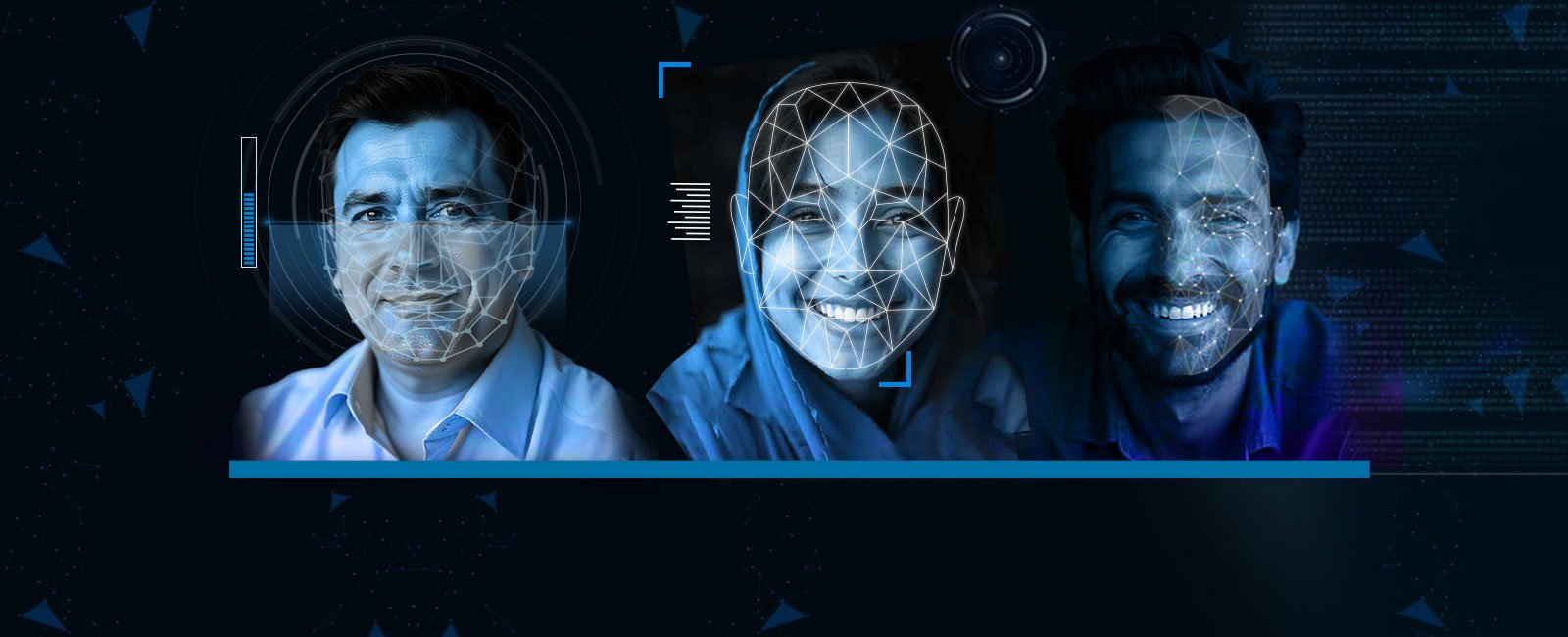It's quiz time! Can you spot the AI-generated faces?
With AI making exponential headway, thin line between real and artificial is fading like there's no tomorrow

Artificial intelligence (AI) now conjures up hyper-real images of people who aren’t real. Can you tell which of these images show real faces and which are AI-generated? Let's find out!
AI image-generation tools have advanced so greatly that they can now create hyper-realistic images of people who don’t even exist.
Sam Altman’s OpenAI sparked a revolution in generative AI in November 2022, launching ChatGPT and prompting tech giants like Meta, Google, and Microsoft to develop chatbots of their own, namely Meta AI, Gemini, and Copilot. These AI bots, based on large language models, allow users to refine and guide conversations toward a specific length, format, style, detail level, and language.
Users' enthusiasm also pushed tech companies to create sophisticated versions that can produce images and videos based on prompts.
OpenAI — a leader in generative AI — has been at the forefront of this industry, launching tools like Dall-E (an image-generation tool) and other innovations. Similar tools such as Midjourney and StyleGAN2 have emerged, producing high-quality images that continue to fuel user interest.
AI achieved hyperrealism only when it generated white faces; AI-generated faces of colour still fell into the uncanny valley.
— Amy Dawel, Director of ANU's Emotions and Faces Lab
Another factor, highlighted by researchers, is that AI-generated faces of white people were perceived as more realistic than actual photos of white individuals — a phenomenon called hyperrealism.
A 2023 Australian National University (ANU) study found that AI can create faces that look more "real" than photos of actual human faces — a concerning development with the rise of deepfakes.
"AI achieved hyperrealism only when it generated white faces; AI-generated faces of colour still fell into the uncanny valley. This could impact not only how these tools are developed but also how people of colour are perceived online," said Amy Dawel, the study's senior author and director of ANU's Emotions and Faces Lab.
AI or real?
Digital rights expert Nighat Dad, also a member of the UNSG’s AI panel, supported the ANU findings and told Geo.tv, "When we talk about inclusivity in AI, the imbalance in the training datasets is extremely relevant; in fact, pertinent."
Dad, who is also the founder of Digital Rights Foundation, noted that seeing how feasible it was to add context to deep learning models like StyleGAN2, highlighted how easy it would be for tech giants to address inclusivity issues in their models, though they often chose not to.
"Including local skin tones within a predominantly white dataset is an essential step toward building inclusive AI models."
Expressing concern about AI's accelerated progress, she said the creation of ultra-realistic high-definition images raised significant worries about potential misuse.
Including local skin tones within a predominantly white dataset is an essential step toward building inclusive AI models.
— Nighat Dad, Founder of Digital Rights Foundation
In Pakistan, where generative AI is still a new phenomenon to many and has been used to exploit online narratives, its likelihood of creating confusion through scams or fake identities cannot be ignored.
Echoing Dad, India-based AI consultant Divyendra Singh Jadoun said the root of the issue was the lack of diverse skin tones and features in training data.
"AI struggles to create authentic, realistic images of people of colour, underscoring a broader issue with AI bias — if real-world diversity isn’t captured in the data, AI cannot represent it accurately."
I often spend extra time adjusting prompts or editing outputs to achieve a more accurate portrayal of diverse groups.
— Abbas Mustafa, Animator
Abbas Mustafa, senior animator at a digital agency in Karachi, said, "AI tools like Midjourney, Adobe Firefly, Flux, Krea.ai, Leonardo.ai, Dall-E, and DeepAI excel in producing images of white individuals, yet they sometimes struggle to represent brown faces accurately.”
"This often results in overly generic or inaccurate facial features, skin tones, or cultural elements. I often spend extra time adjusting prompts or editing outputs to achieve a more accurate portrayal of diverse groups."
Exploring brown faces
To test whether Pakistanis could differentiate between real and AI-generated photos, Geo.tv recently conducted a one-of-a-kind survey featuring mostly brown faces with "desi" features.
Over 100 participants were shown a mix of real and AI-crafted faces and the results, surprising to some, highlighted just how deeply AI is reshaping our understanding of reality. Nearly all participants found it challenging to distinguish the blurred line between authenticity and artificiality.
In this survey, we calculated the percentage of correct answers for each image and incorporated the results to gauge participants' ability to identify real images from AI-generated ones.
Picture 9, for instance, was correctly placed as AI-generated by 88.2% of respondents, establishing that its characteristics were distinct enough from real images for most participants to recognise.
On the other hand, Picture 4 was accurately identified as real by only 47.1% of respondents, implying that it closely mimicked realistic features, making it extremely difficult to distinguish between real and AI-generated imagery.
Overall, findings suggested a mixed understanding of AI-generated content, with respondents showing an average identification rate of 62.4% for real images and 56.3% for AI-generated ones — a slight advantage in recognising real ones.
Generating AI images is easy, but definitely not with South Asian or Middle Eastern skin tones. For our study, we had to modify prompts multiple times to get the desired results, often with inconsistencies. However, the same prompts created high-quality images with white skin tones.
Our findings also showed that AI-generated images of brown faces were easier to identify due to less realistic features, while white faces appeared more lifelike and harder to distinguish.
Given the participation of over 100 respondents, it is likely that a majority had some familiarity with AI. However, more targeted research would be necessary to accurately measure AI literacy levels.
With AI making exponential headway, the thin line between real and artificial is fading like there's no tomorrow, demanding awareness and responsible use of this powerful technology in our increasingly digital world.
Human and AI-generated faces via Freepik
Additional input by Afreen Mirza.
Header and thumbnail image by Geo.tv




